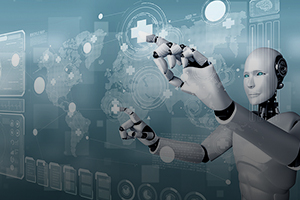AI Drug Development

In the age of “superbugs,” developing new medications that target antibiotic-resistant bacteria is more imperative than ever. But the process has traditionally been long and arduous. Now, artificial intelligence (AI) is making it simpler and faster by generating millions of possible chemical configurations in days rather than decades.
Recently, an AI system was used to create two new antibiotics. First, a generative model was used to capture information about the vast number of available peptides – short amino acid chains that form the building blocks of proteins. Next, a system known as Controlled Latent attribute Space Sampling (CLaSS) analyzed the data to generate new potential peptides. Finally, deep learning classifiers were employed to discard ineffective and/or toxic combinations. In the end, the system came up with 20 candidates in only 48 days. The short list was ultimately narrowed down to two, both of which proved to be effective against a range of Gram-positive and Gram-negative pathogens, as well as safe in animal trials.
Antibiotic-resistant bacteria infect nearly three million people each year in the U.S. alone. This is only one example of how AI can be used to accelerate discovery of new, lifesaving therapeutics.
For information: IBM Research, 1 New Orchard Road, Armonk, NY 10504; phone: 914-499-1900; Web site: https://research.ibm.com/blog/ai-finds-new-peptides